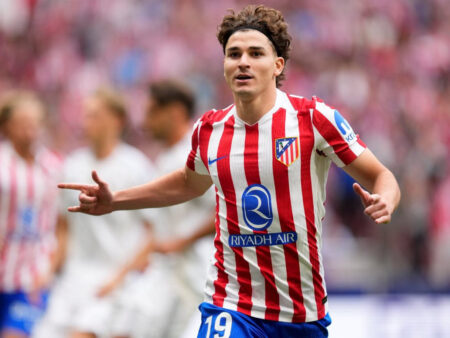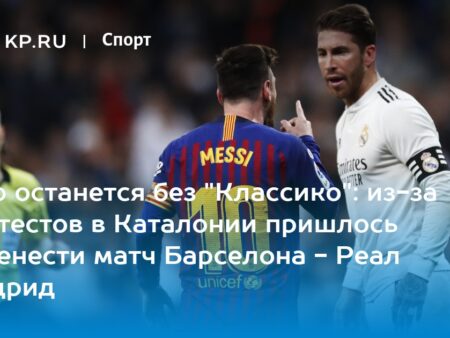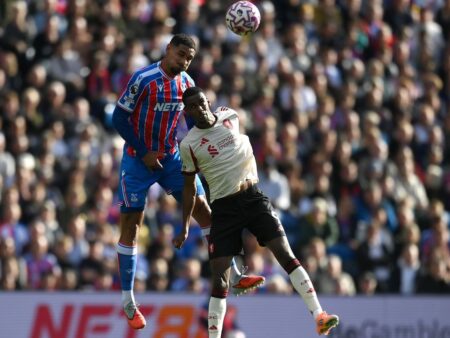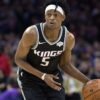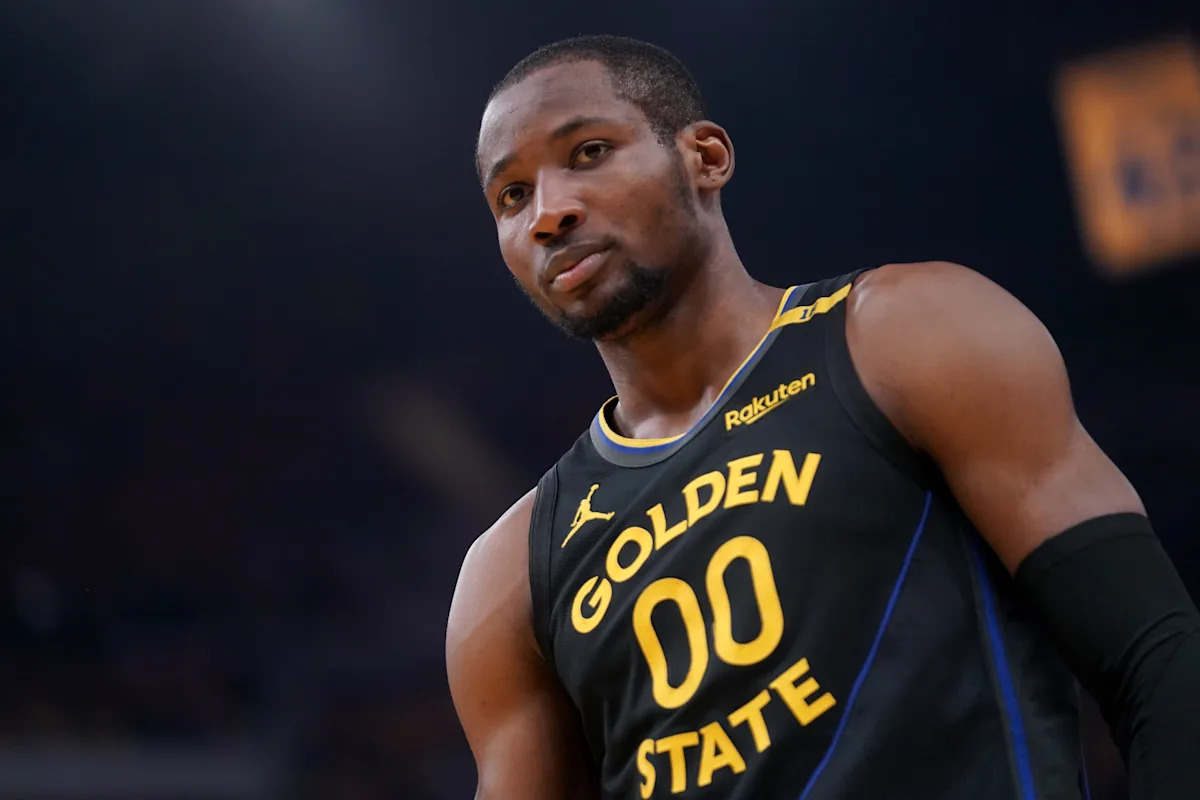
The term “second apron” has become a significant focal point in the NBA`s financial landscape. Introduced in the 2023 Collective Bargaining Agreement (CBA) and fully phased in last offseason, this salary cap threshold aims to level the playing field by severely limiting roster-building mechanisms for high-spending teams. Essentially, franchises that exceed this threshold face substantial penalties, making it challenging to acquire top talent or make future roster adjustments.
As one Eastern Conference GM noted, “The second apron rules do not allow a team to jump to the head of the line in how you build a roster. And if you do add a veteran with a high salary in a trade, your roster timeline is shortened.” This new reality was dramatically illustrated by player movements in 2023 and the subsequent offseason. Deals involving Kevin Durant, Bradley Beal, Kristaps Porzingis, Jrue Holiday, Damian Lillard, and James Harden – all of which were permitted under previous rules – would be impossible under the current stringent regulations.
Indeed, the ripple effects are clear: two years later, Durant, Porzingis, and Holiday were traded. Beal`s contract is under buyout discussions, and Lillard was waived by the Bucks, stretching his remaining $113 million over five seasons to create cap space for Myles Turner. The Clippers, facing apron restrictions, chose not to re-sign Paul George.
Celtics President of Basketball Operations Brad Stevens recently stated, “We`ve been limited in what tools we can use with where we are right around the second apron.” These limitations include inability to send cash in trades, restricted use of the non-tax midlevel exception, inability to aggregate contracts, and severe restrictions on trading future first-round picks (seven years out, or even moving picks to the end of the round if a team exceeds the apron in three out of four seasons). While teams can still retain their own players, doing so incurs escalating luxury tax penalties, trapping expensive, underachieving, or injury-riddled rosters with limited options for improvement.
To highlight the significant impact of the second apron across the league, let`s examine how various high-spending franchises are navigating these rules, the pitfalls they`re trying to avoid, and who might soon join this exclusive “Apron Club.”
The Three Charter Members
The Boston Celtics, Phoenix Suns, and Minnesota Timberwolves are the inaugural members of the second apron club, having surpassed the punitive threshold in 2024-25. All three incurred over $300 million in luxury tax penalties and had their 2032 first-round picks frozen. This offseason, Boston and Phoenix made deliberate efforts to shed salary to get below the threshold, while Minnesota lost a key reserve but kept its starting five intact, still needing to work to unfreeze their 2032 pick.
 Boston Celtics
Boston Celtics
Winning the 2024 championship brought inevitable difficult decisions for the Celtics roster this summer. With extensions for Holiday, Hauser, White, and Tatum beginning in 2025-26, Boston was projected for a half-billion-dollar payroll and a consecutive season over the second apron. “We`ve known for a long time that hard decisions were coming,” Stevens admitted. Tatum`s Achilles tear in the playoffs amplified this urgency.
Faced with a record-high $550 million payroll, Stevens began retooling, trading Holiday to Portland and Porzingis to Atlanta. Stevens confirmed, “The second apron is why those trades happened. I think that is pretty obvious. And the basketball penalties associated with those are real.” These moves reduced Boston`s payroll from $550 million to $260 million, bringing them just $332,000 above the second apron, with time until the trade deadline to clear the remaining amount. Stevens insists this is not a rebuild, emphasizing that Tatum, White, and Brown are under contract for at least four more seasons, providing future flexibility for free agency additions and trades, unlike recent offseasons.
 Minnesota Timberwolves
Minnesota Timberwolves
Minnesota made two strategic moves to exit the second apron in future years without dismantling their 2024 conference finalist roster. First, they swapped Karl-Anthony Towns` $220 million over four years for Julius Randle and Donte DiVincenzo. Second, they extended Rudy Gobert, reducing his 2025-26 salary by $12 million in exchange for $73.5 million guaranteed in 2026-27 and 2027-28. Despite finishing last season over the second apron and paying a franchise-record $90 million tax, Minnesota is now better positioned for a championship run with more roster resources at a lower cost.
This offseason, the Timberwolves re-signed Naz Reid and Randle but opted not to sign Nickeil Alexander-Walker, as a new contract for him would have pushed them back over the second apron. They are currently $5.9 million below the threshold. An Eastern Conference executive highlighted, “What the apron rules do to teams is force you to prioritize what players to retain and also put a greater emphasis on your former draft picks to play a greater role.” For Minnesota, this means greater reliance on 2024 first-round picks Rob Dillingham and Terrence Shannon Jr. to fill Alexander-Walker`s void.
 Phoenix Suns
Phoenix Suns
Suns owner Mat Ishbia`s infamous comments after the 2023-24 season encapsulated their strategy: “I understand all the rules that come with the second apron… we made a calculated decision that we think the team with the best players wins.” The Suns had previously doubled down, trading Chris Paul`s expiring contract for Bradley Beal`s $200 million deal and no-trade clause, and earlier, gutting their roster of young talent (Mikal Bridges, Cameron Johnson) and future picks for Kevin Durant.
These trades, along with re-signing Grayson Allen and Royce O`Neale, left the Suns in an unenviable position: overpriced, underachieving, and buried under second apron restrictions. Ishbia`s subsequent comments about having the “highest salary and highest luxury tax in NBA history” after missing the playoffs underscored the failure of the Durant-Booker-Beal experiment. Phoenix has since rightly pivoted from its expensive roster. Durant was traded to Houston for Jalen Green, Dillon Brooks, Khaman Maluach (the 10th pick in the 2025 draft), and other players. Sources indicate the Suns and Beal are discussing a buyout; Beal is owed $111 million and would need to reduce his salary significantly for Phoenix to stretch the remaining money over five seasons, adhering to CBA rules that limit stretched money to 15% of the cap. If successful, this move would give Phoenix a $19.4 million cap hit for five seasons, but crucially, would pull them out of both the second and first aprons for the foreseeable future.
The Newest Member
 Cleveland Cavaliers
Cleveland Cavaliers
Achieving an East-best 64 wins, exiting the playoffs in the second round, and then entering the offseason as a projected second apron team might prompt a front office to break up its roster. However, Cleveland Cavaliers President of Basketball Operations Koby Altman has done the opposite. Despite starting the offseason with a $375 million payroll (and facing their first tax payment since 2018) and being $20 million over the second apron, Cleveland instead signed Sam Merrill to a four-year, $38 million contract, increasing their luxury tax penalty.
“We`re not going to go anywhere,” Altman told reporters. “We`re going to keep fighting for that championship. The window is wide open, we believe. I love our foundation, I love our core.” The core of Donovan Mitchell, Darius Garland, Evan Mobley, and Jarrett Allen is under contract through at least the 2027-28 season. The true test for the Cavaliers will come next offseason if they fail to advance deeper into the playoffs, justifying such a hefty financial commitment. In 2026-27, Cleveland projects a $240 million salary, again positioning them as a second apron team. On the positive side, the Cavaliers aren`t boxed into a corner for roster additions, as 11 of 13 current players are under contract next season, and they will add a 2026 first-round pick.
Waiting for Membership to Kick In
 Oklahoma City Thunder
Oklahoma City Thunder
A frequent question at the Las Vegas Summer League was whether the Oklahoma City Thunder would be forced to pivot from their roster, similar to the Celtics, given the nearly $800 million in extensions for Shai Gilgeous-Alexander, Chet Holmgren, and Jalen Williams. The answer is no, despite the Thunder being projected $24 million over the second apron in 2026-27. Oklahoma City has strategically positioned itself for future spending, maintaining the fifth-lowest cumulative payroll since 2020-21 and avoiding luxury tax penalties for six straight seasons. Future revenue streams from a new arena (opening in 2028, 90% publicly funded) further bolster their financial outlook.
While apron restrictions limit roster improvement via free agency and trades, Oklahoma City holds 13 first-round and 16 second-round picks over the next seven years, with potentially four first-round picks in the 2026 draft alone. This allows them to offset roster costs with players on rookie-scale contracts, like Nikola Topic and Thomas Sorber, their first-round picks from the past two seasons. Unlike the Celtics, who have two supermax contracts, the Thunder have only one in Gilgeous-Alexander, and his supermax extension doesn`t begin until 2027-28, meaning he plays at less than 25% of the cap for the next two seasons. Holmgren`s and Williams` extensions start at 25% of the salary cap in 2026-27, $16 million less per year than a supermax. The Thunder have also protected themselves against escalating salaries for individual honors, unlike Paolo Banchero`s extension which includes a 30% escalator. Importantly, OKC has staggered their contracts for the next five seasons, signing players like Isaiah Hartenstein, Isaiah Joe, Aaron Wiggins, Jaylin Williams, and Ajay Mitchell to declining, team-option, or partially guaranteed deals. While players like Lu Dort, Hartenstein, and Kenrich Williams have team options or are extension-eligible this offseason, this strategic approach provides flexibility. As history shows, even championship teams like Michael Jordan`s Bulls went through cycles of supporting cast turnover while maintaining a superstar foundation.
 Orlando Magic
Orlando Magic
The Magic have shown discipline and patience in roster construction, primarily building through the draft, with a league-high nine players selected in the first or second round remaining on their 2024-25 roster. Only Wendell Carter Jr. and Gary Harris were acquired via trade. However, two consecutive first-round playoff exits spurred a new approach this offseason.
The acquisition of Desmond Bane from Memphis for four first-round picks, a future pick swap, Kentavious Caldwell-Pope, and Cole Anthony signals a “push-all-your-chips-to-the-middle” move, or as President of Basketball Operations Jeff Weltman sees it, one that fits the current roster`s timeline for a “win-now philosophy.” While Bane improves the Magic, it comes at a cost: Orlando is projected to be a second apron team by the 2026-27 season due to four players (Bane, Paolo Banchero, Franz Wagner, Jalen Suggs) on salaries exceeding $32 million. Banchero`s recent $239 million extension could increase to $287 million with All-NBA, MVP, or Defensive Player of the Year honors, adding an additional $8 million in salary in 2026-27 if met. However, the Magic`s aggression isn`t reckless. Their four key players are under contract through at least 2028-29, and Banchero, Suggs, and Wagner are all under 25, with Bane having just turned 27. Orlando maintains flexibility to exit the second apron next season through Jonathan Isaac`s non-guaranteed $14.5 million salary. Despite not being able to trade a first-round pick until 2032, they have a pool of young drafted talent, including Anthony Black, Jett Howard, Tristan da Silva, Jase Richardson, and Noah Penda, from the past three seasons on their roster.
Not Yet a Member, But Major Decisions Loom
 Denver Nuggets
Denver Nuggets
Denver Nuggets Vice Chairman Josh Kroenke recently stirred discussion by acknowledging the second apron`s impact: “For us, going into that second apron is not necessarily something that we`re scared of… But it`s something that teams are obviously very aware of going forward.” He emphasized the caution needed due to injury history, to avoid scenarios that might necessitate trading Nikola Jokic.
This statement foreshadowed the Nuggets` offseason strategy. While not trading Jokic, Denver proactively balanced their finances and strengthened their roster. By trading Michael Porter Jr. to the Brooklyn Nets for Cameron Johnson, at the cost of their only tradable pick (a 2032 unprotected first-rounder), the Nuggets reduced their payroll by $17 million this year and $18 million in 2026-27. These savings allowed Denver to improve depth by signing veterans Tim Hardaway and Bruce Brown Jr. and agreeing in principle to acquire center Jonas Valanciunas. The move also provides greater flexibility for extensions with Christian Braun and Peyton Watson. Denver projects to be $34 million below the second apron in 2026-27, with potential for an additional $10 million in savings if they move Valanciunas.
 Houston Rockets
Houston Rockets
Including Houston in the second apron discussion comes with some hesitation. Their committed salary for next season is $143 million, well below the projected $222.3 million threshold. However, this figure does not account for Kevin Durant and Tari Eason. Durant is eligible for a two-year, $118 million extension (first-year salary $57.4 million), and Eason is eligible for a rookie extension until October 20. If both sign, Houston would likely jump into the second apron in 2026-27, though their stay would likely be temporary. The Rockets anticipate cap relief when Fred VanVleet`s contract expires and with Dorian Finney-Smith`s non-guaranteed salary in 2027-28, which aligns with the potential start of an Amen Thompson extension.
 New York Knicks
New York Knicks
For two consecutive seasons, the New York Knicks have strategically navigated around the second apron. Their acquisition of Towns last offseason and recent signing of Guerschon Yabusele to a portion of the tax midlevel exception hard-capped New York at the second apron. While the Knicks will avoid exceeding the second apron this year, this could change in 2026-27 if they aim to retain their top seven players. New York is currently $52 million below the second apron next season, partly thanks to Jalen Brunson taking $12 million less in salary. This discount provides the Knicks room to sign Mikal Bridges to a four-year, $156.1 million extension. However, a new contract for Bridges, starting at $34.8 million, could put pressure on Mitchell Robinson`s future. Like Bridges, Robinson is eligible for a four-year extension and would become a free agent if a new deal is not reached by June 30.
